5 Signs Your Pet Needs a New Diet
There are many reasons why you might want to put your dog or cat on a new diet. But, before you do, have a chat with your vet to make sure your new plan is the right one. Here are 5 signs you may need to change your pet’s diet.
-
Weight changes
If you’ve noticed a little weight gain in your pet, you might want to switch to smaller more frequent meals or decrease portion sizes. You may also benefit from swapping to low-calorie pet treats and pet foods.
If your pet has lost weight or having trouble keeping weight on, you might need to make a dietary change. This might include more frequent or larger meals or adding more protein and healthy fats. Lamb-based pet foods are a great option since lamb meat is packed full of good fats and is soothing on the digestive system.
Dry, flaky and Itchy Skin
If your dog or cat has dry, flaky, itchy skin it may be a sign of food allergies. Environmental allergens are the most common irritant however, so make sure this is ruled out before making any dietary changes. An elimination diet may also be a good option. Feeding single-protein diets can help eliminate potential food sensitivities and allergens and help improve symptoms over time.
3. Change in exercise routines or movement
If your dog or cat is active and regularly outdoors, due to colder months and is no longer participating in the same activity levels, they might need a temporary change in their diet. On the other hand, if your predominantly indoor dog or cat starts regular walks or jogs with you, they may need a higher calorie intake by feeding more food.
4. Getting older
Just like humans, as pets age their metabolism slows down and their nutritional needs may change. This might mean feeding a low calorie pet food rich in omega fatty acids. Use of pet supplements can also assist with healthy joints, skin and coat and heart health.
5. Getting bored with their food
Your pet can be a little bit bored if they have been eating the same kind of kibble every day for a long time. The same food can be given to your dog or cat every day as long as it is complete and balanced but there are still good reasons to occasionally change things up or by giving a pet food with a variety of meats included in the one recipe.
Varying food dishes use various proteins and have slightly different macronutrient profiles, which also keeps things interesting. By providing variety, you can offer your pet to a diversity of flavours which may also help with fussy eaters.
It's nevertheless crucial to move over gradually through a transition period of 7-10 days to avoid unintentionally making your dog unwell.
P.S. If you need more help with your pet’s nutrition, speak to our Registered Australian Pharmacists who are involved in our recipe formulations. We take great pride in crafting natural, soothing recipes with no artificial colours, flavours or preservatives to help your pet’s health and wellbeing. Call us on 1300 881 730 or visit us at www.vetalogica.com.au.


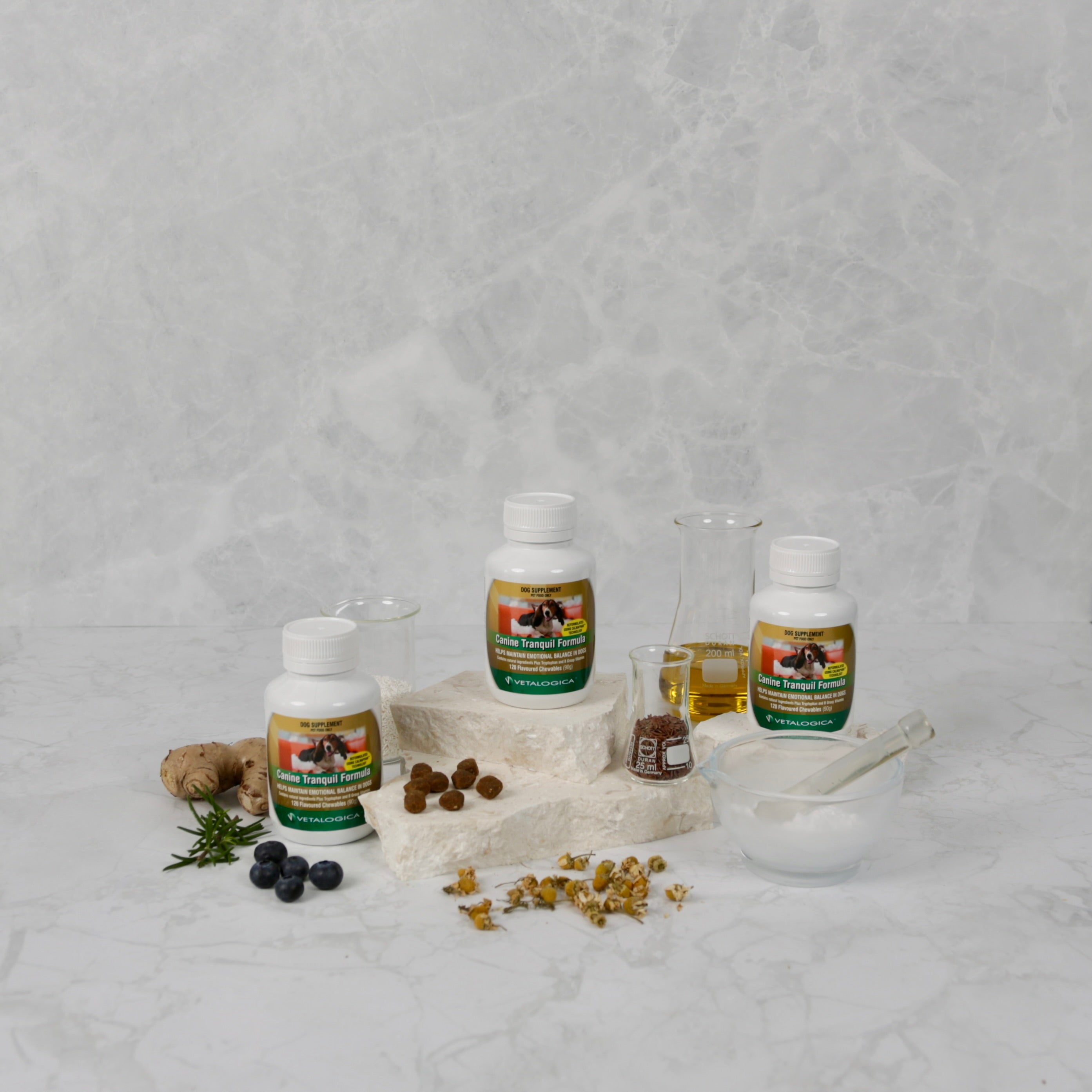
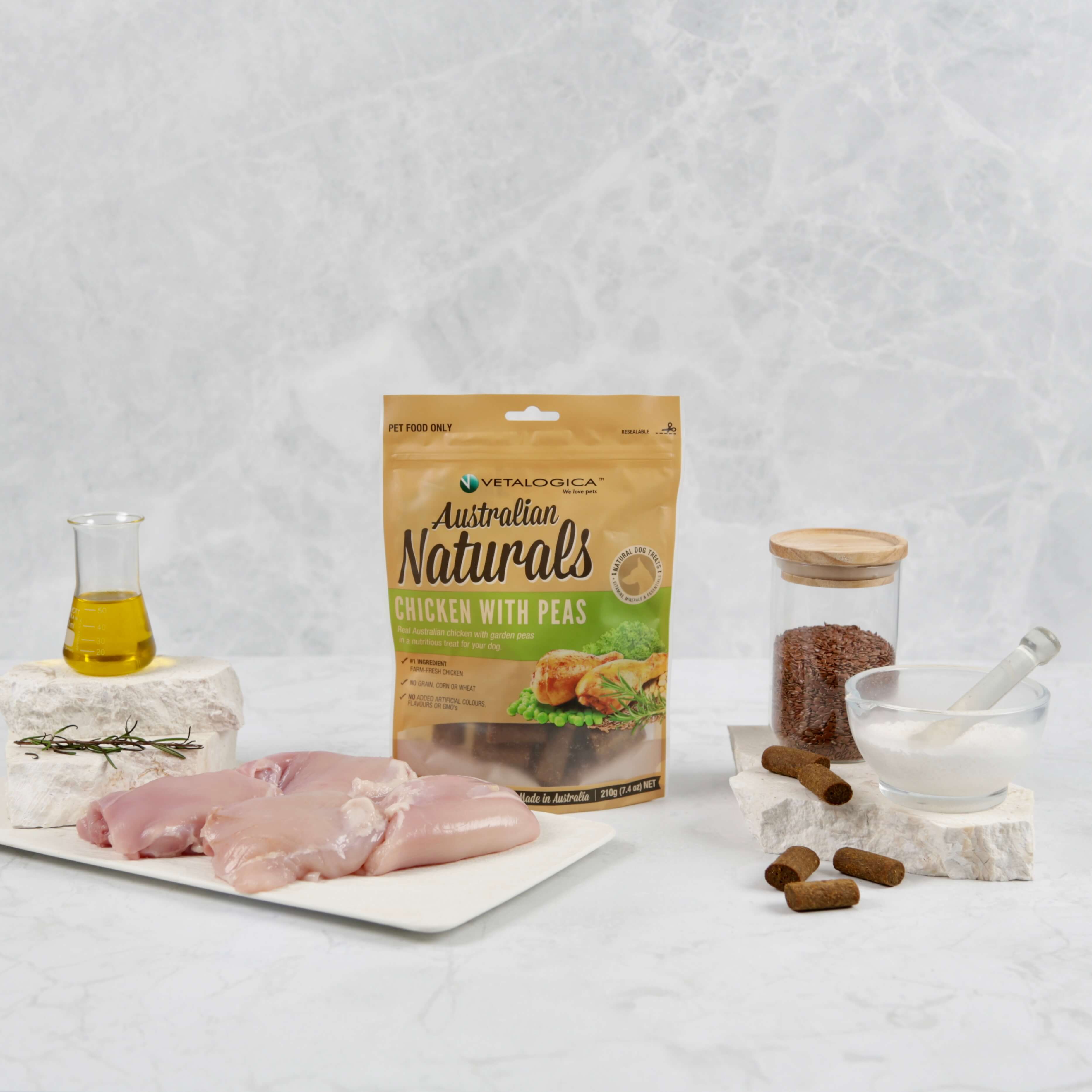
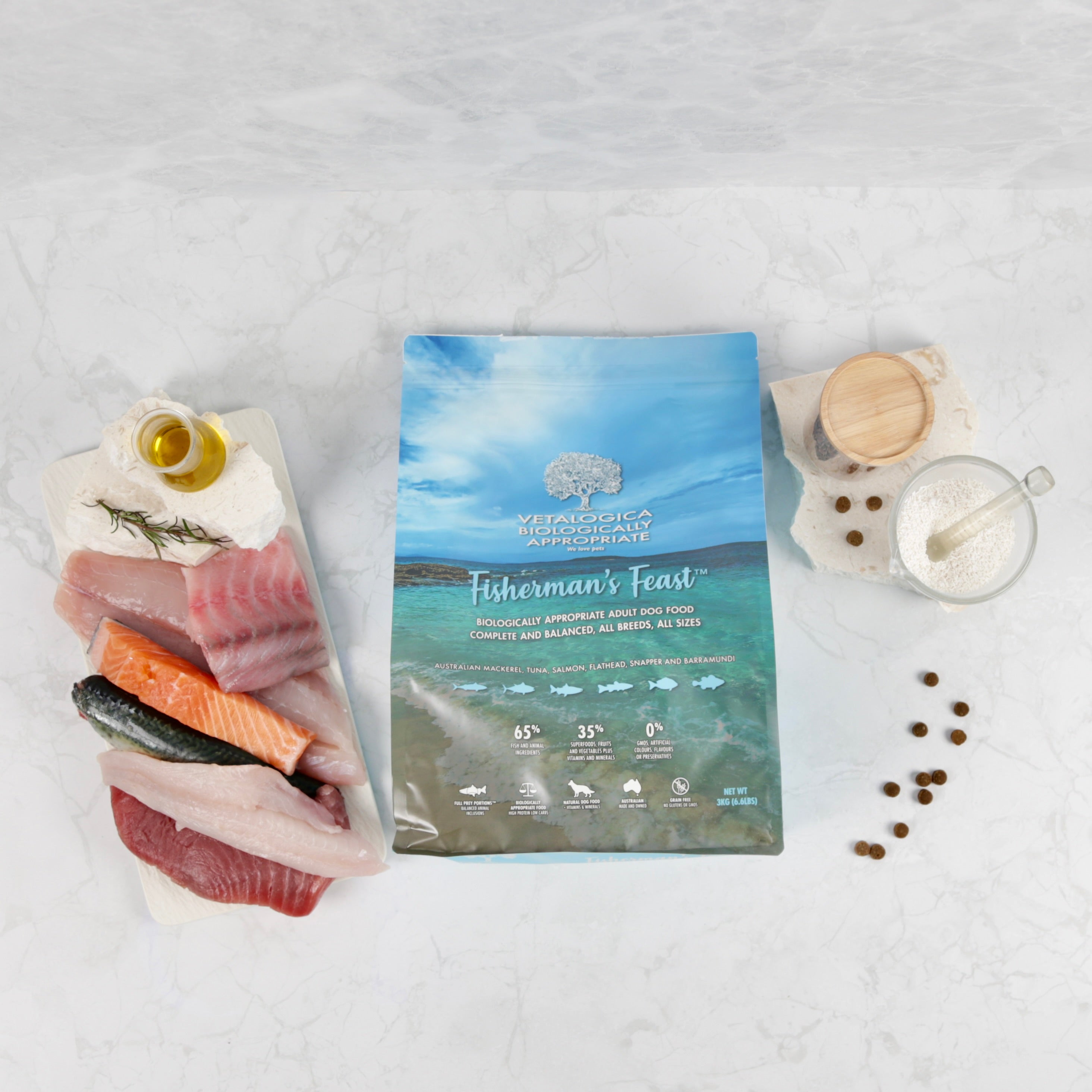
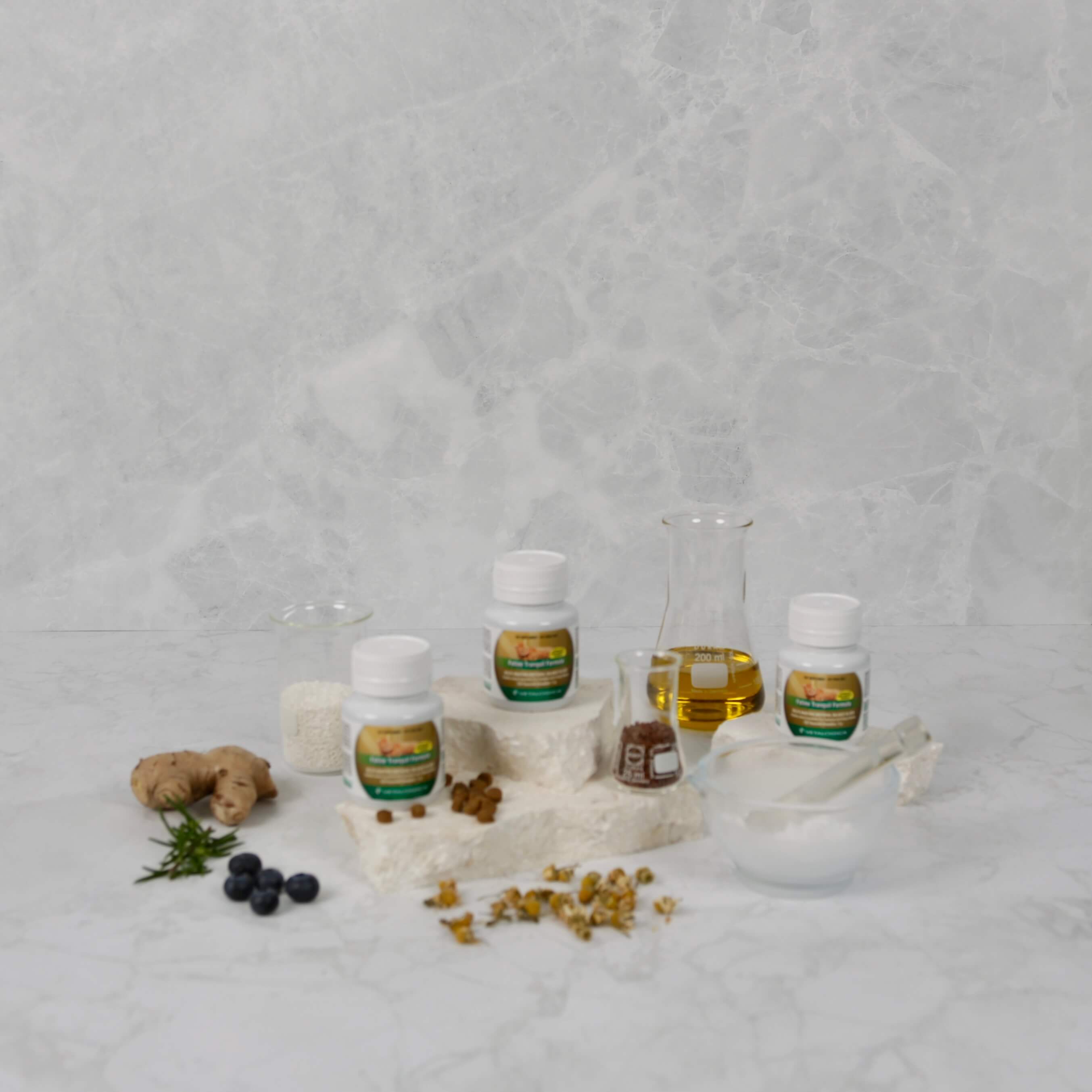
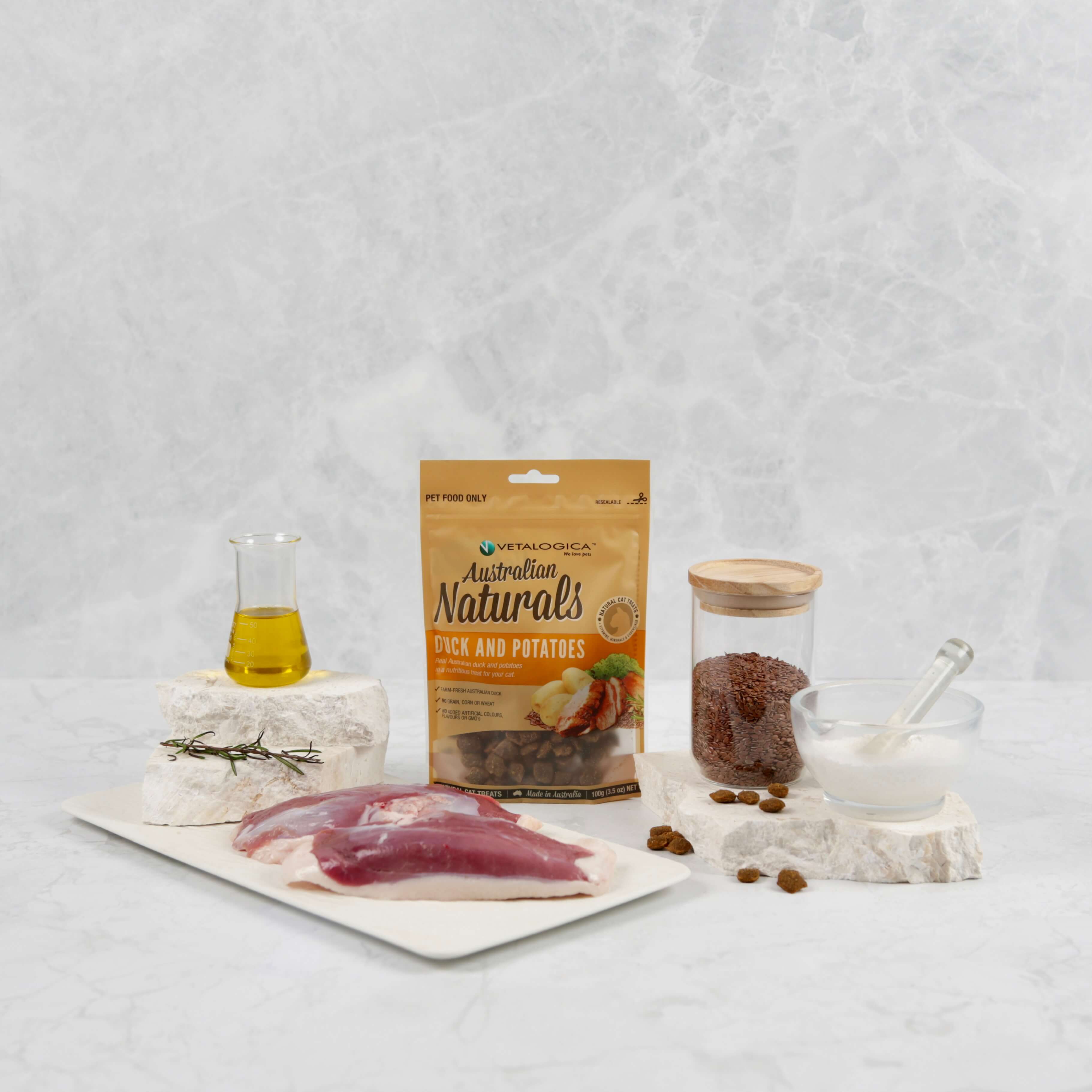

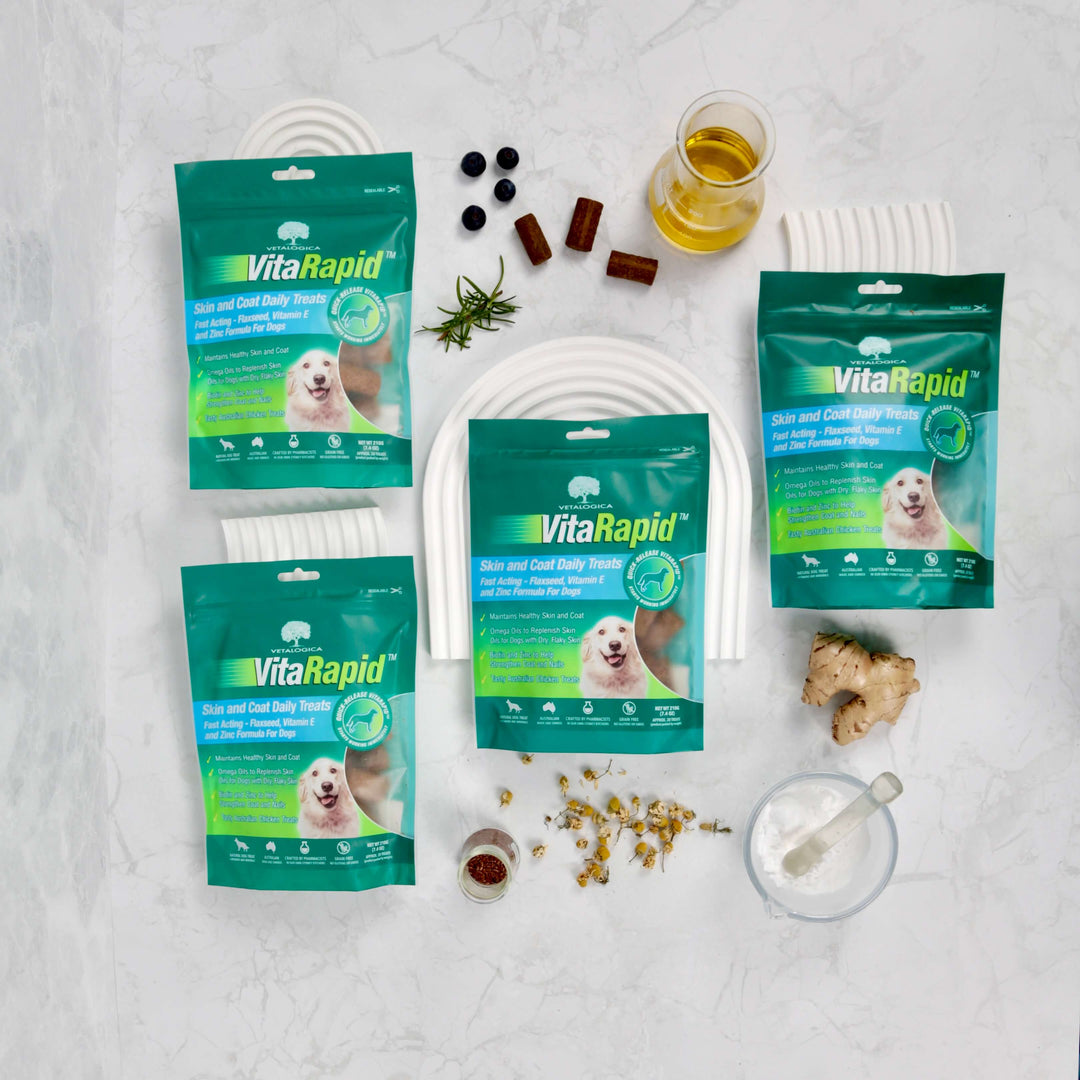

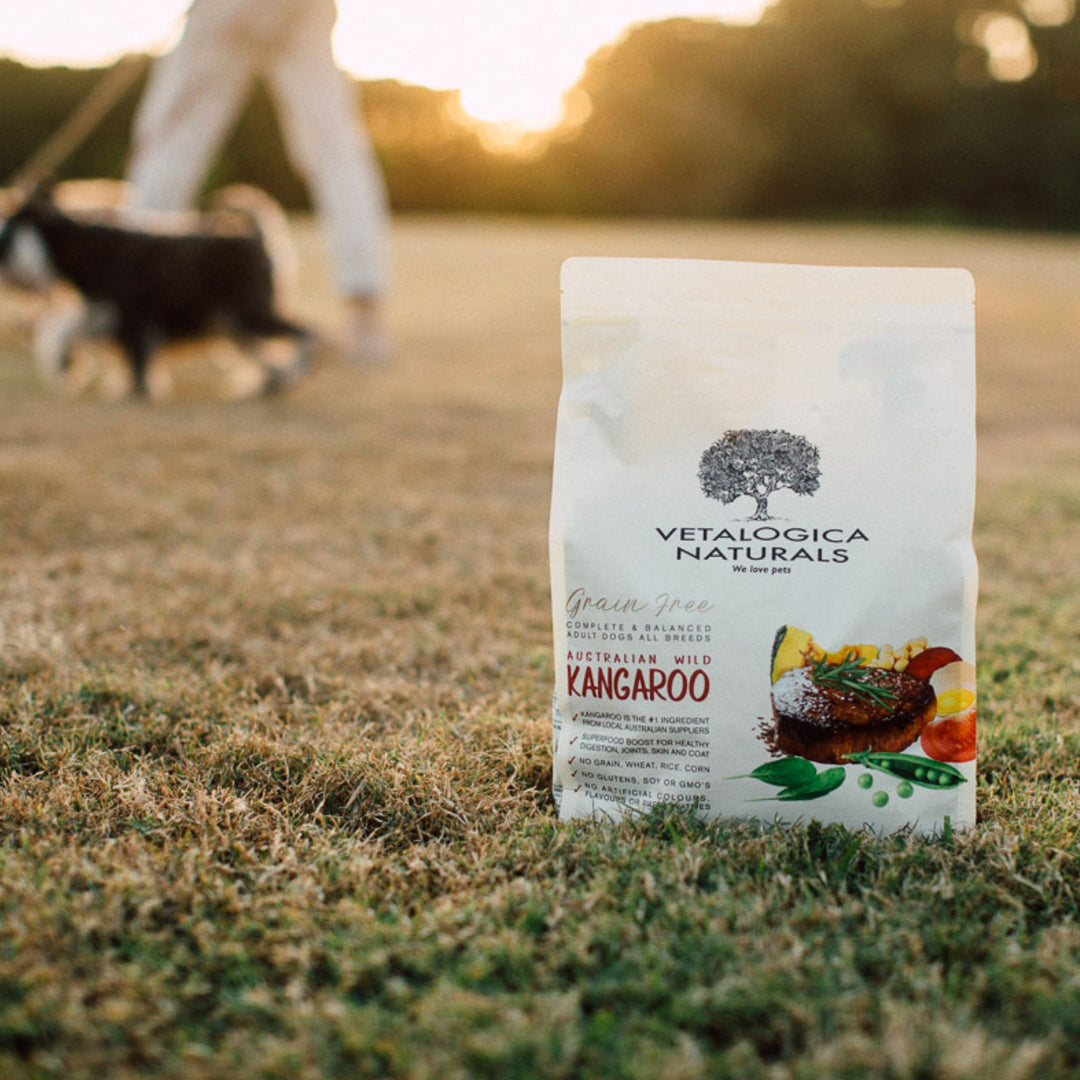
Leave a comment